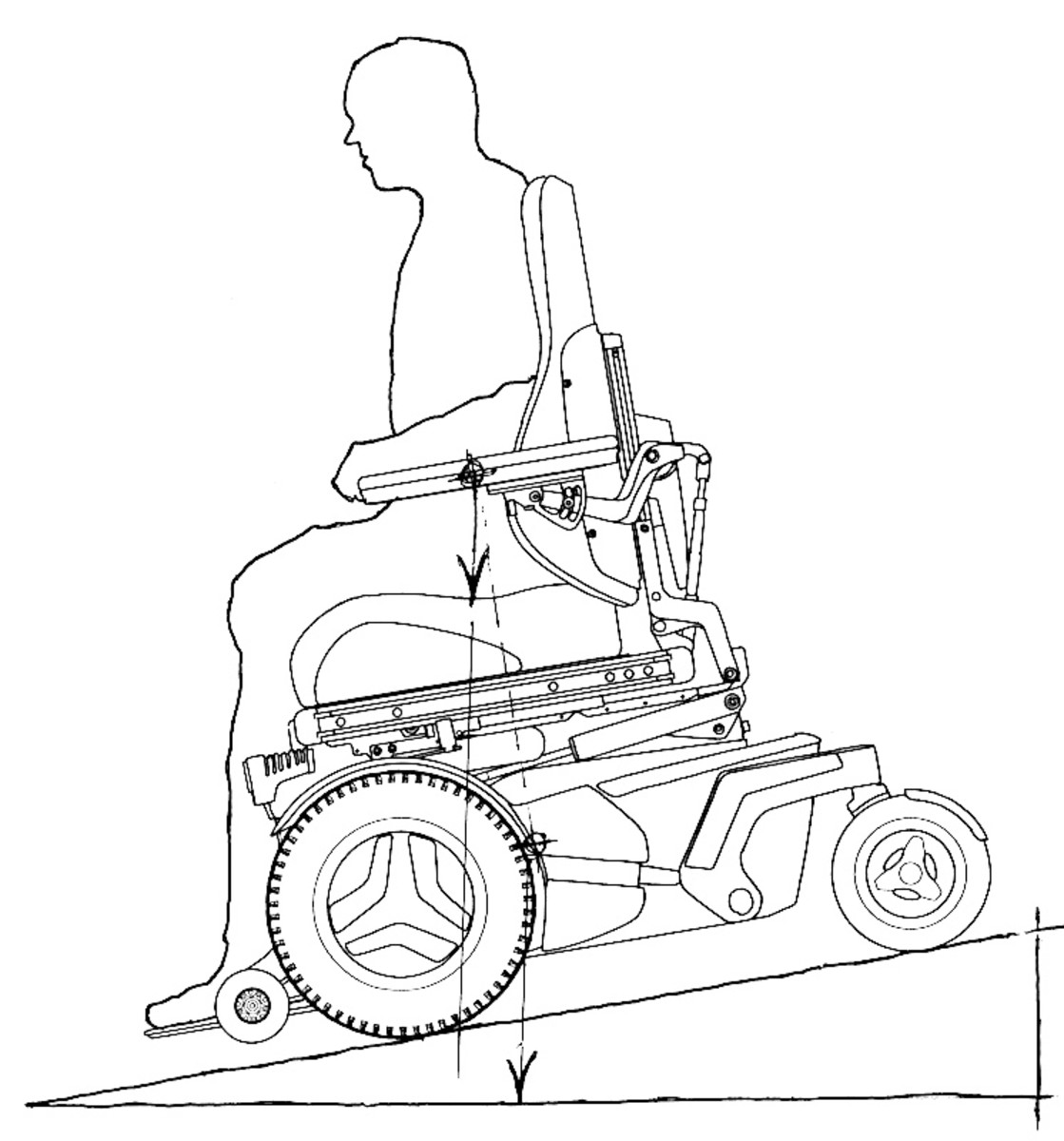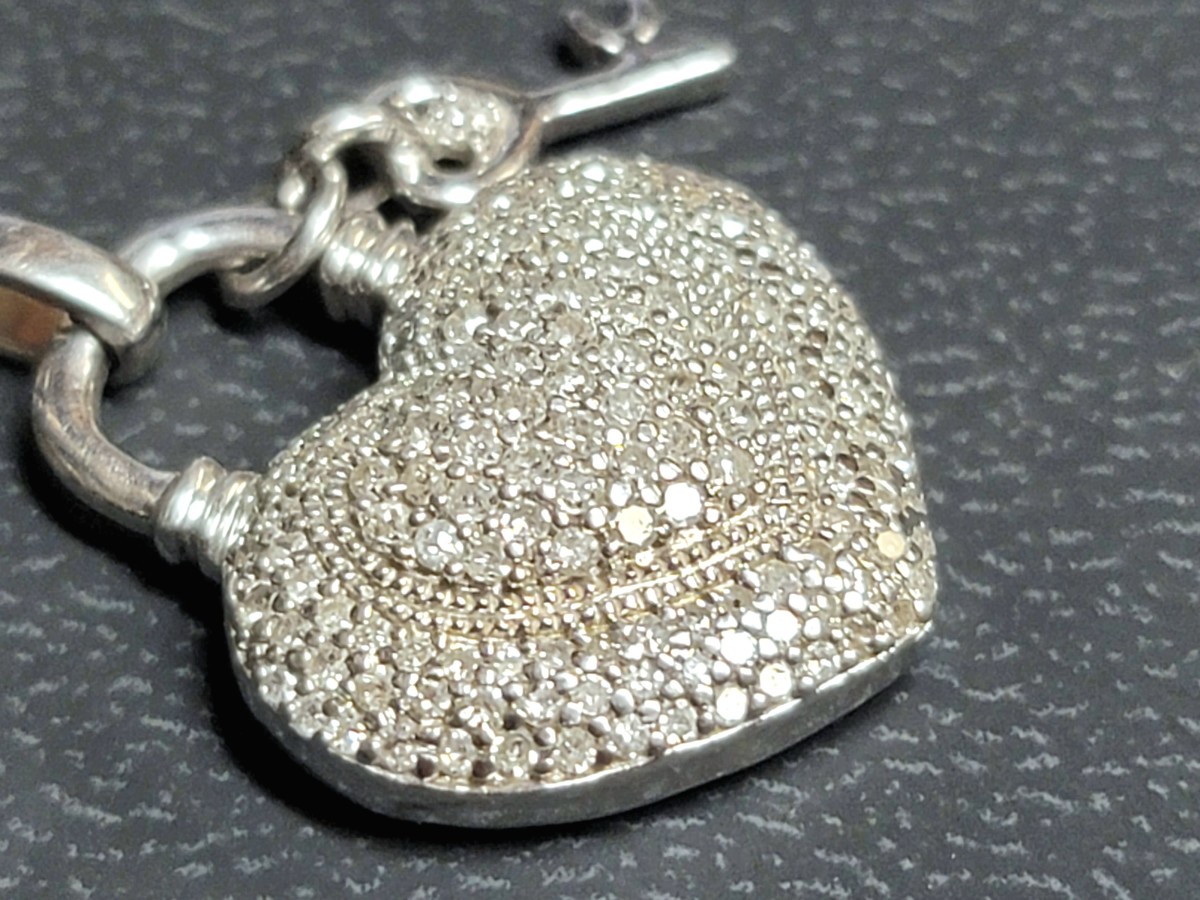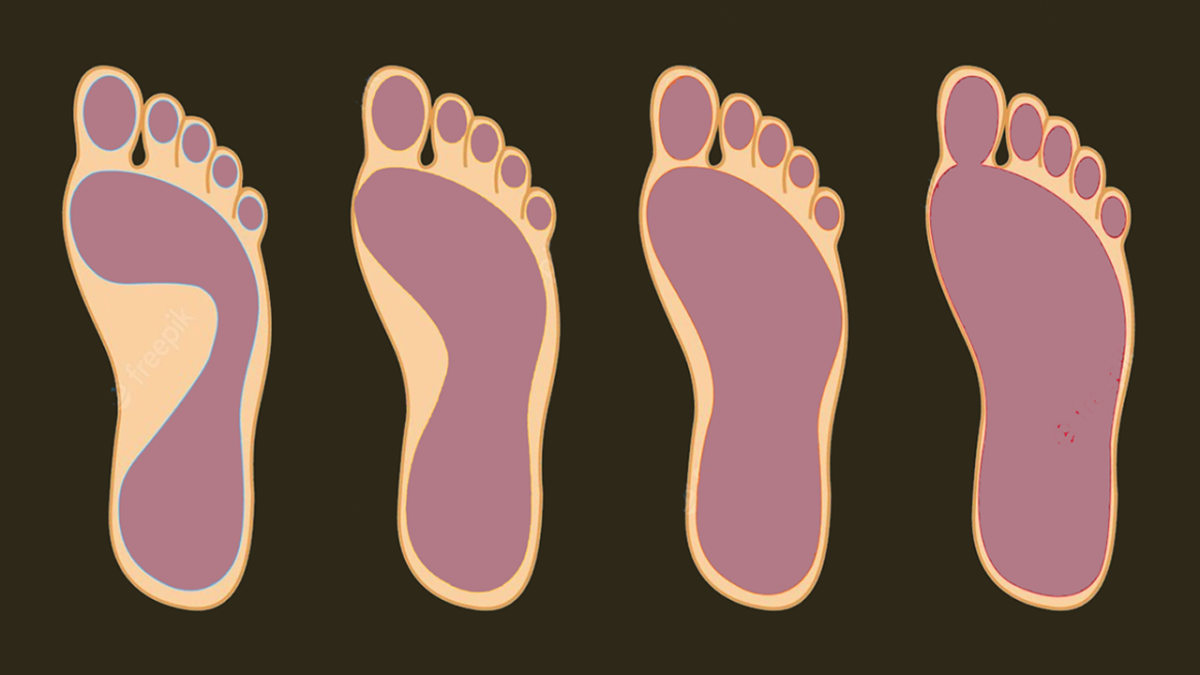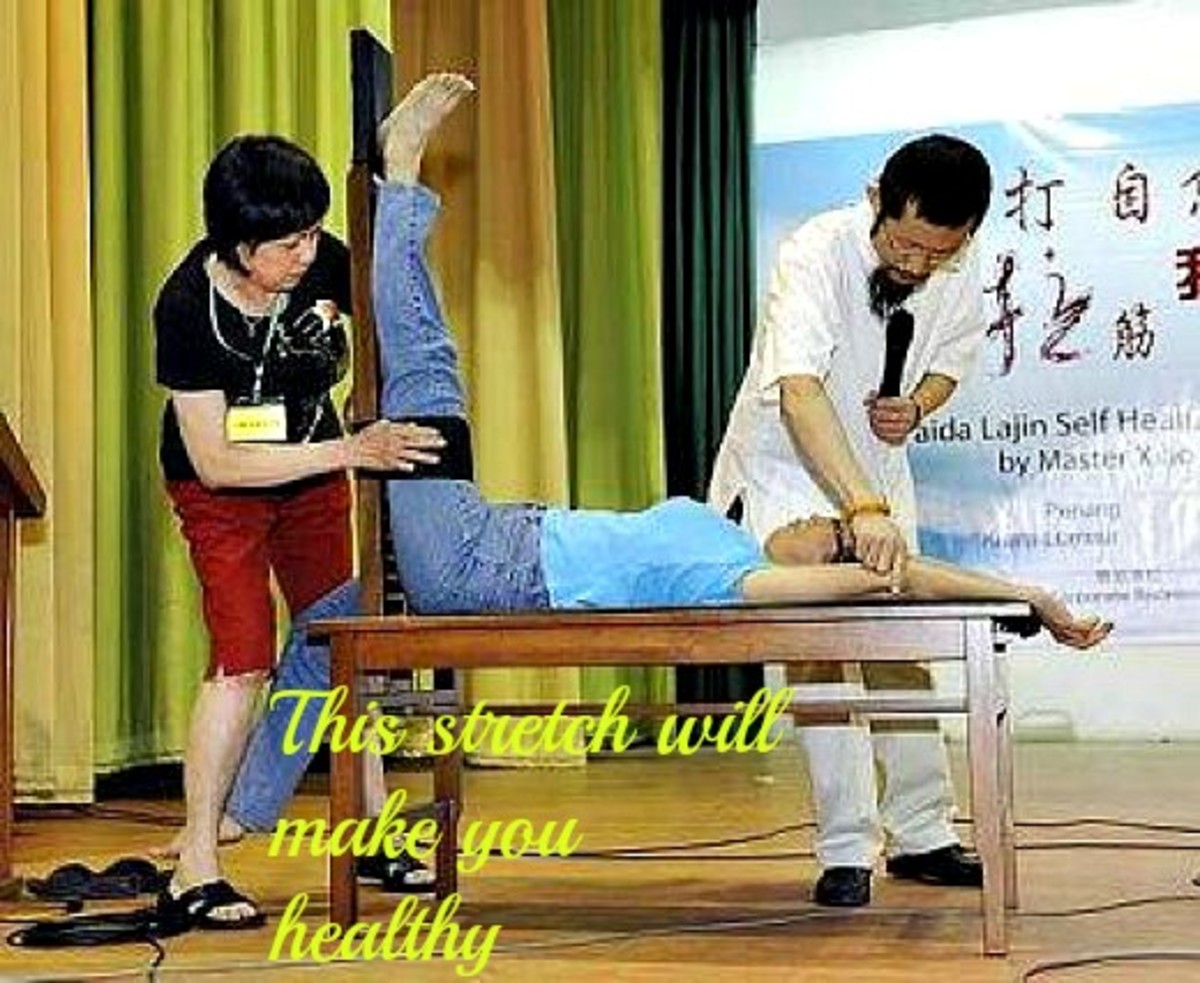Key Structural Elements Needed to Support Person Centered Care
Introduction
Person Centered Care (PCC) is a term used by proponents of assisted living in reference to changes in the physical environment to aid the recovery and living for a patient. However, PCC comprise of structural elements that act as its building blocks. These include the elements of a) philosophy and core values, b) owner-governance/senior management, c) community and relationship d), workshop, e) leadership, f)meaningful life, g) environment, h) services, i) accountability. This paper discusses the role of two of these elements a) relationship and community and b) the environment in PCC.
Relationship and Community
Beach and Inue (2006) explain that illness, healing and care happens best in a relationship. This relationship relates to self, the community and others. In PCC, relationship-centered care is a critical aspect in the concept of health care. It recognizes that the quality of relationship is essential to health care as; well as the wider health care delivery system. In relationship centered care, all participants whether patients, clinicians, caregivers, family or friends have to appreciate the significance of their relationship with each other. However, RCC is based upon 4 principles which are 1) there is a moral benefit in forming and maintaining genuine relationships in healthcare settings, 2), that emotions and affect are equally a critical aspect in such relationship, 3) relationships in healthcare has to happen in the milieu of reciprocal influence and finally 4), the participant’s personhood must be included in the relationship. Basically, in RCC, relationship between patients, caregivers, family and community remain central. This is the same case with the relationship between clinicians (caregivers) with each other, with themselves, and with the community.
Role of the environment
The physical environment in healthcare facilities has been identified to be a critical catalyst in effective implementation of a culture which is based on the philosophy of a person centered care. Chaudhury, Hung and Badger (2013) claim that physical settings which are well designed play a significant role in establishing a person centered environment that supports a positive health care experience for patients. Specific features of a physical environmental facilitate creation of a supportive environment which subsequently fosters; a) functional ability, b), home-likeness and familiarity, c), personal control and privacy, d) optimal sensory stimulation e) security and safety, f) orientation and social interaction. In general, the role of the physical environment in fostering PCC cannot be overemphasized.
Conclusion
This discussion has only centered on two structural elements of PCC among the nine. From the discussion, it is clear that relationship and the environment need to be shaped and geared towards supporting PCC.
References
Beach MC, Inui T. (2006). Relationship-Centered Care Research Network. Relationship-
centered care. A constructive reframing. J Gen Intern Med. Suppl 1(Suppl 1):S3-8. doi: 10.1111/j.1525-1497.2006.00302.x. PMID: 16405707; PMCID: PMC1484841.
Chaudhury, H., Hung, L., and Badger, M. (2013). The role of physical environment in supporting person-centered dining in long-term care: a review of the literature. Am J Alzheimers Dis Other Demen. 12(5):491-500. doi: 10.1177/1533317513488923.






